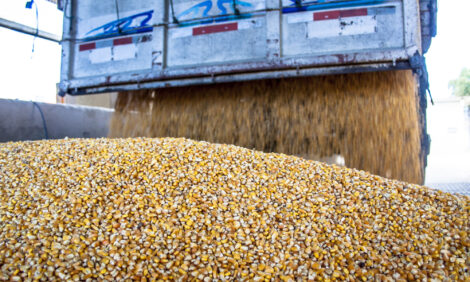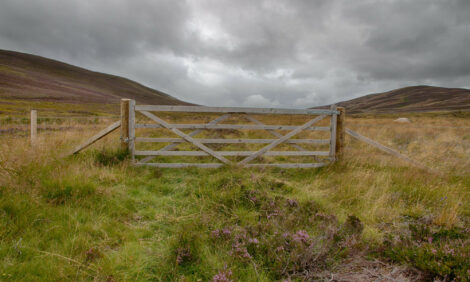



Brexit – what’s the future for animal health?
MINI SERIES part 1 - Three weeks on from the NOAH conference: ‘Brexit – what’s the future for animal health?’, reflecting on the words of politicians, veterinarians and veterinary-associates, and trade representatives, it is clear that there is an overwhelming feeling of frustration when it comes to discussing the UK’s exit from the EU. Despite this, hopes are still high for a bright future within the animal health sector post-exit.The second NOAH meeting, regarding Brexit, took place at on November 1st at Westminster, London, where the most up-to-date progress on regulatory issues, areas of collaboration, opportunities, and overall emotions towards Brexit, were discussed with (and between) animal health sector representatives. Changes in the policies surrounding animal health and welfare are of great concern to vets, producers and welfare bodies alike, and it is of utmost importance that these changes are representative of the animal health sector in its entirety.
It is NOAH’s vision to ensure an environment that ‘delivers a thriving animal medicines sector’:
- Supports trade and innovation.
- Safeguards animal health and welfare and public health and food safety; ensuring that UK veterinarians and animal keepers continue to have access to a wide range of appropriate veterinary medicines.
- Businesses have access to skilled staff – the right workforce they need.
- Product research and development is incentivised within a regulatory system which continues to be one of the most stringent in the world – making UK the first-choice world-leading regulatory authority.
- Companies are encouraged to do business in the UK.
- Transitional arrangements to support business continuity post EU Exit are built, utilising links with specialist EU infrastructure where necessary.
NOAH Chief Executive, Dawn Howard, began proceedings with welcoming the large auditorium of delegates to the conference, and introduced the day’s proceedings. In her speech, Howard pointed out the general feelings of unease towards national Brexit negotiations but sensed that there is a more positive outlook closer to home:
There’s a general feeling that our own departments are actually dealing with this quite well and there’s good cooperation going on – so at one [national] level: quite a lot of dissatisfaction, but at our own local level, there’s more positivity and confidence within our own sector.
Gaynor Hillier, Elanco Animal Health and NOAH Chair, followed with an introduction to the day’s primary discussion areas:
- Animal health and welfare.
- Public health and food production.
- Research & development and innovation.
- Bringing new products to market.
- Post-licensing controls for the overall market.
- Trade and investment.
Hillier drew attention to the role that NOAH and its 27 members have in ensuring that the UK retains, if not exceeds, the standards achieved within these areas to date, under EU legislation:
We are a small industry, but we play a major role in society both in food and companion animals.
Our 2000 people in the industry support around 19,000 vets in the UK, around 7000 SUPs, and around 11,000 veterinary nurses.
Hillier looked back on the previous Brexit Barometer, a result of 32 delegates voting on how optimistic they felt about each of the primary discussion areas at the last meeting in May of this year:
Overall [the barometer] was reasonably optimistic or perhaps described as ‘on the fence’.
Some of them [delegates] brought in some tremendous pessimism; some considerable concerns about ‘post-licensing controls for the market’ post-Brexit.
But, if you look at ‘animal health and welfare’, delegates were actually very positive going forward.
A second barometer was held at the end of the conference, of which the results will be published by NOAH in the coming weeks.
Look out for part 2 of the ‘Brexit: what’s the future for animal health?’ MINI SERIES
The Pig Site Editor









